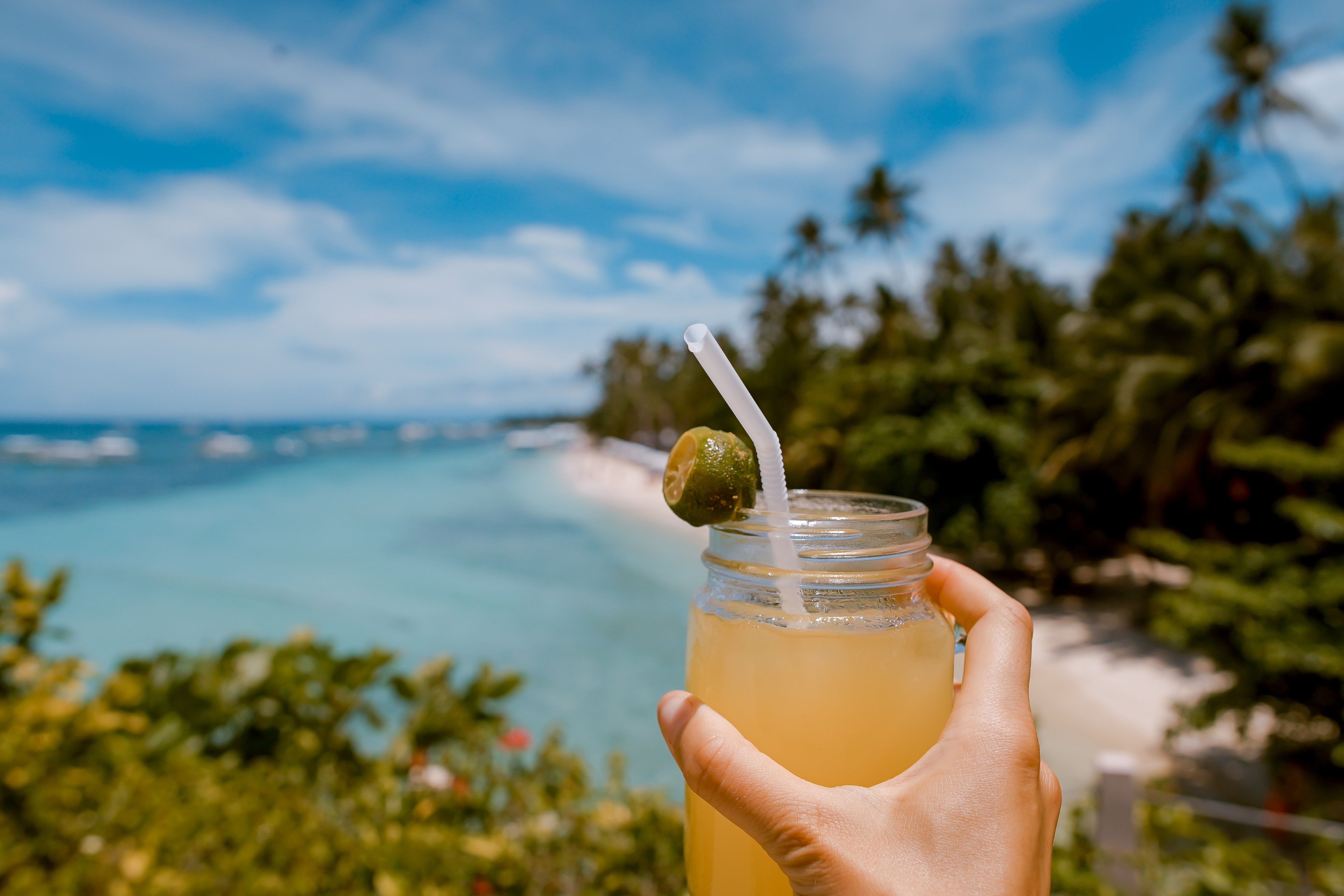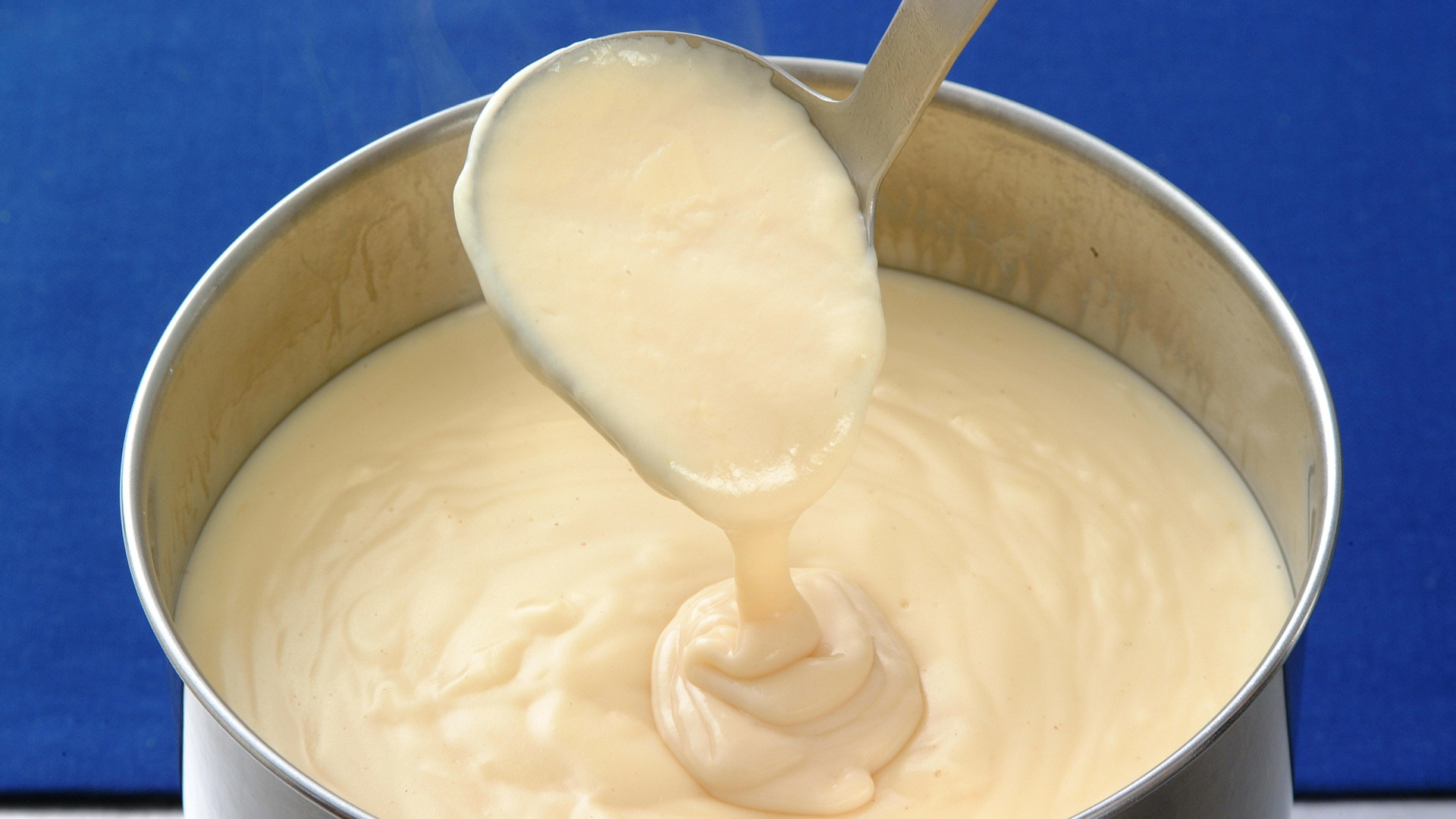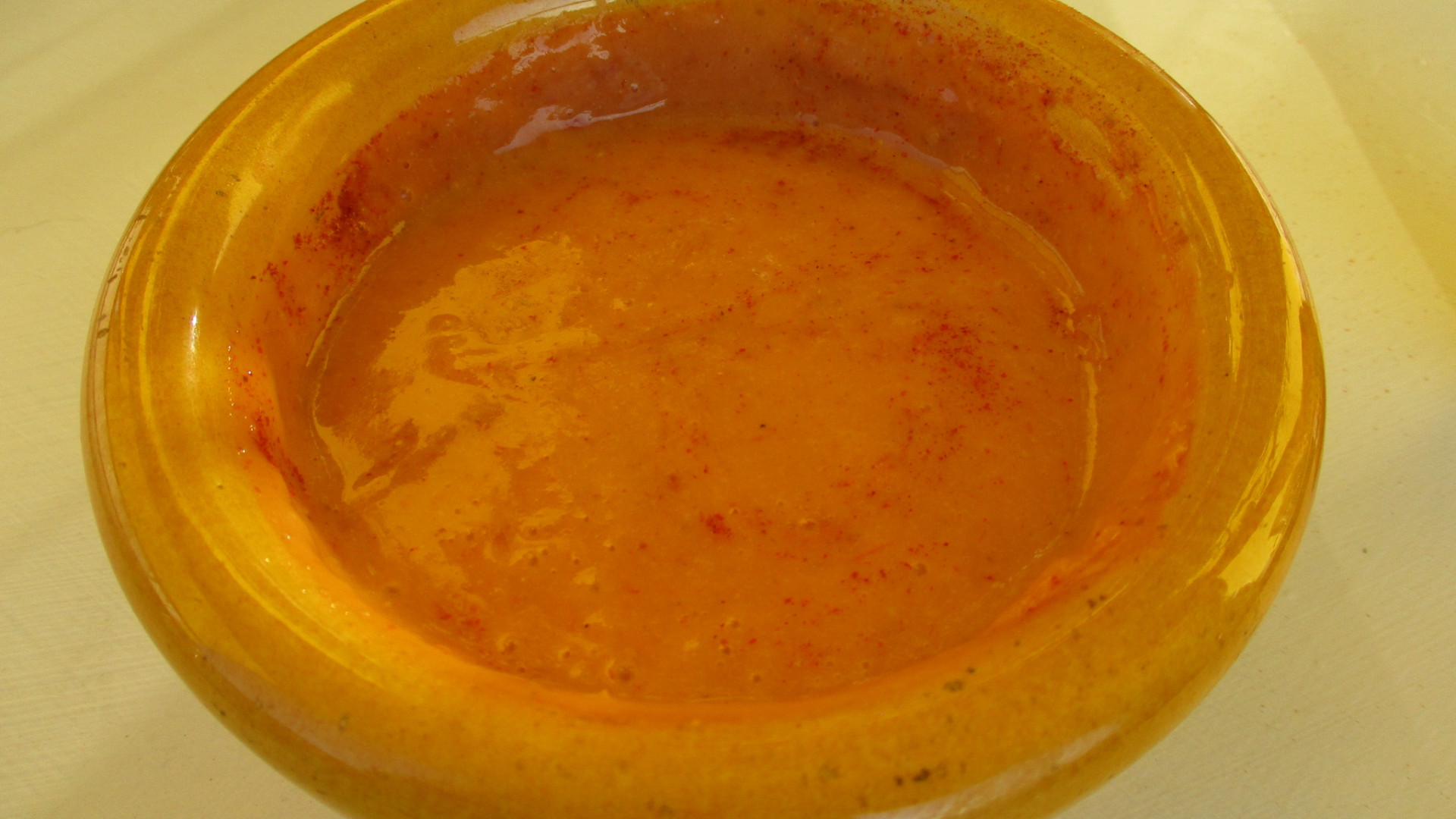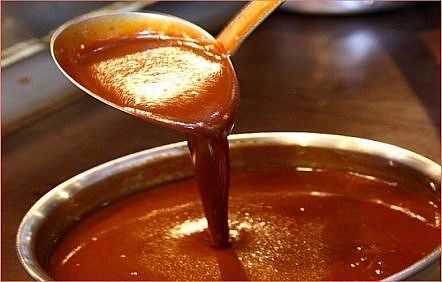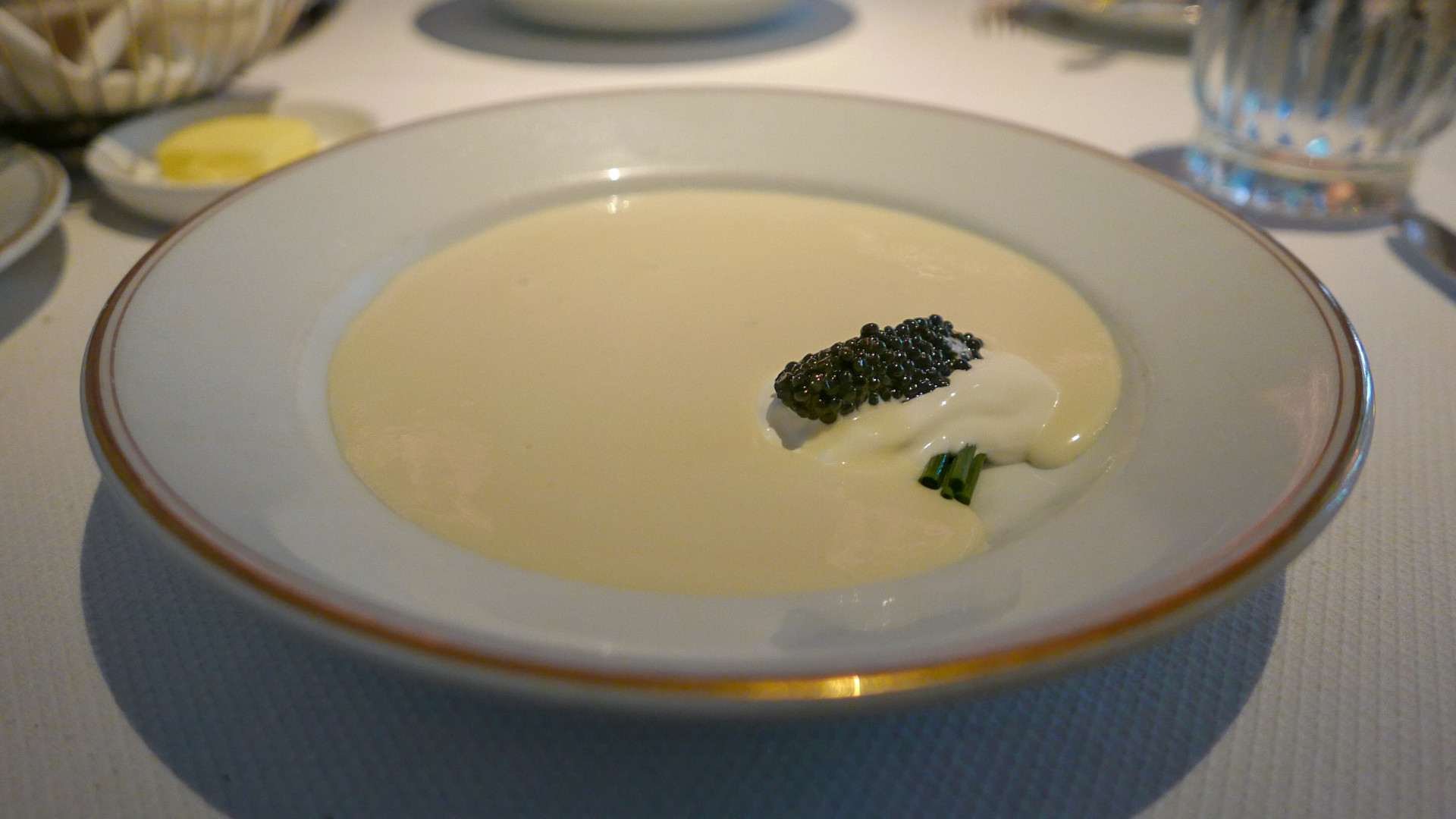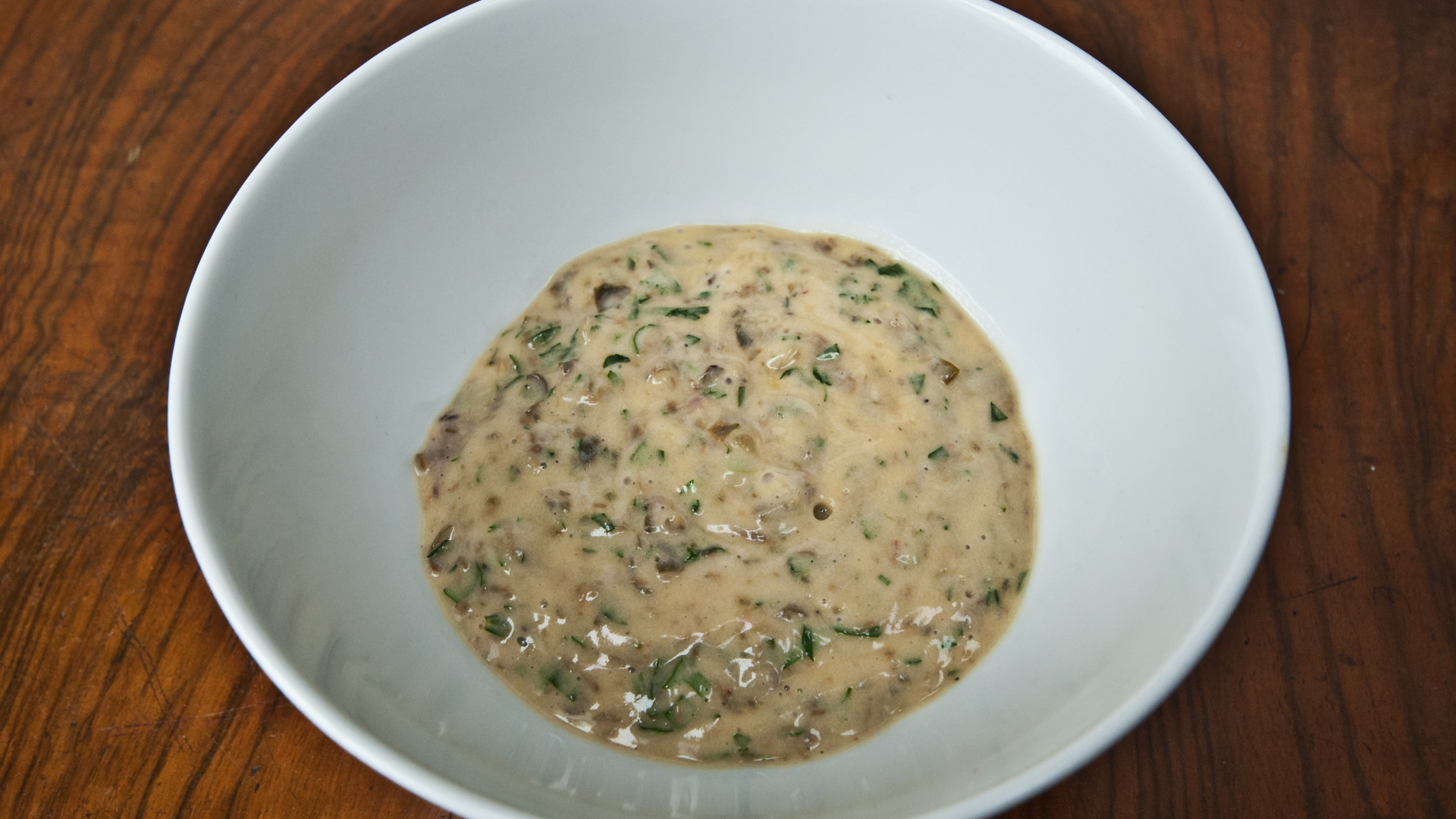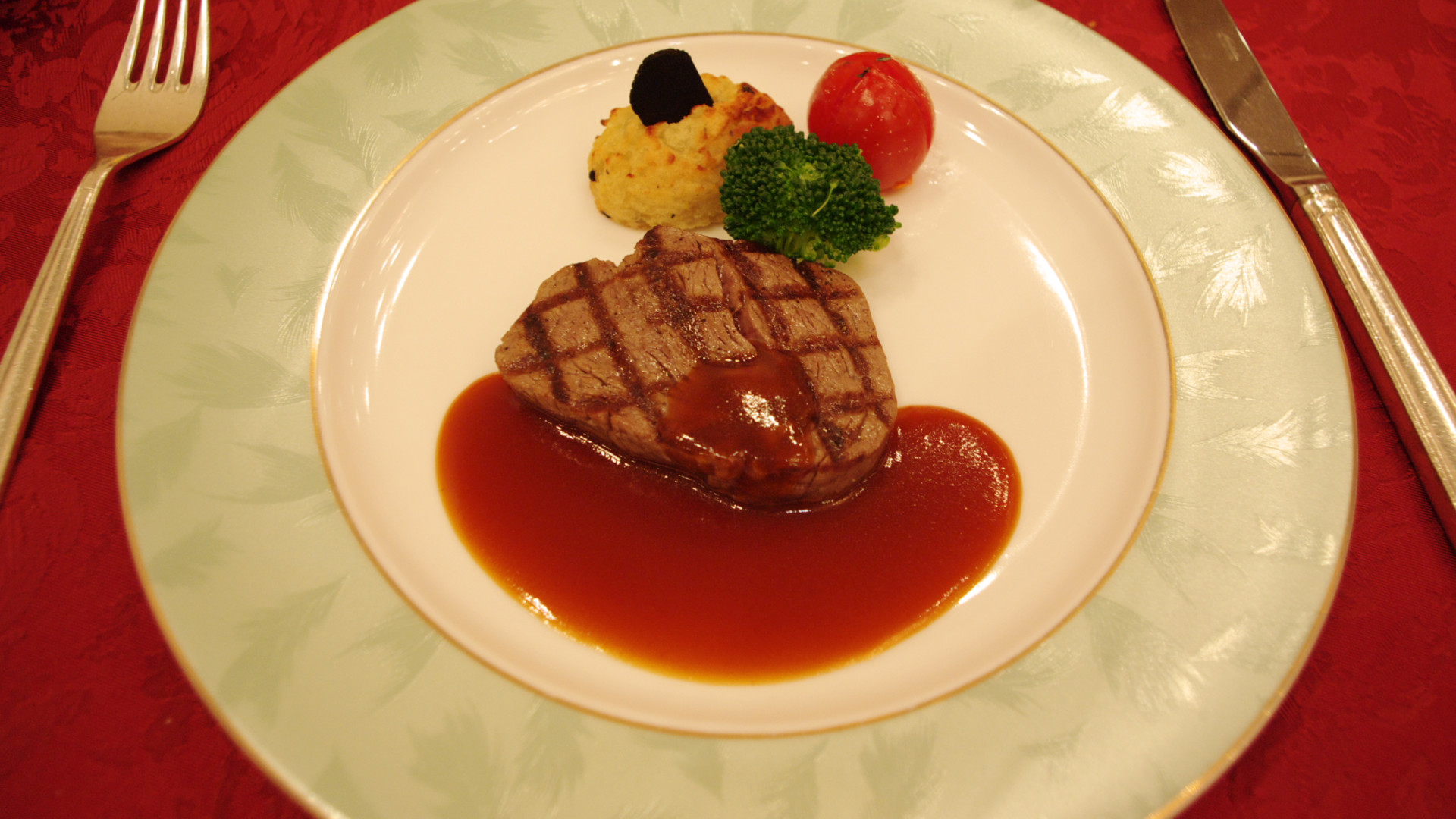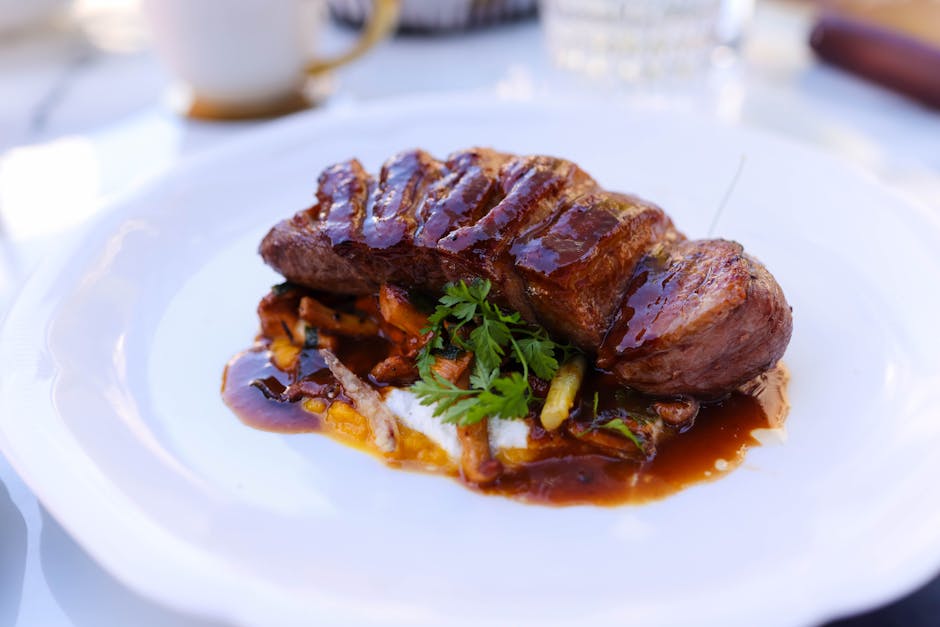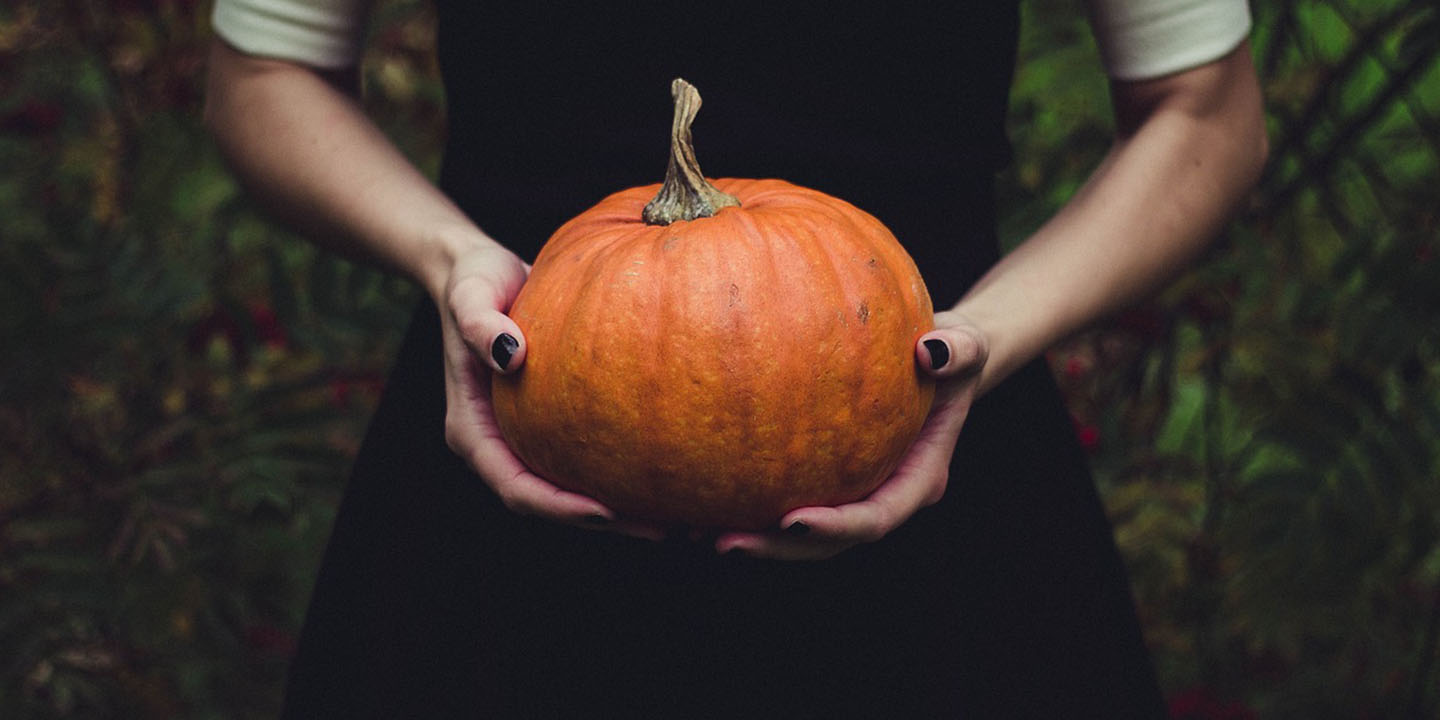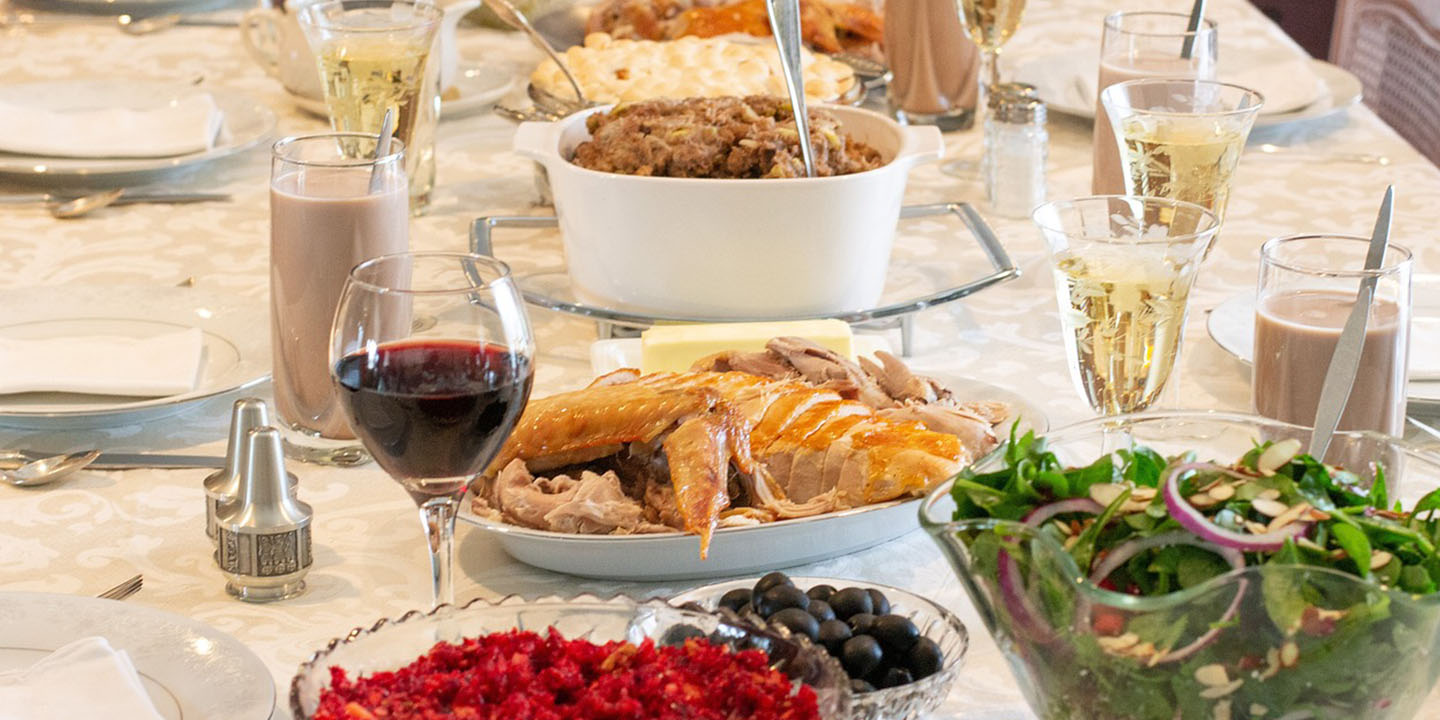Bring Out Your Inner Saucier: 20 Classic French Sauces to Elevate Any Dish
The French Take Their Sauces Seriously, And So Can You
The French have always been known for taking their sauces very seriously. In the early 20th century, renowned French chef Auguste Escoffier named five "mother sauces," from which all other French sauces are derived. Sauciers in French kitchens are trained only in sauces, with certain recipes having strict guidelines for which ingredients are permitted. Here are 20 of the most iconic French sauces to add to your repertoire, impress your guests, and bump up any dish a few notches.
 Photo by Manek Singh on Unsplash
Photo by Manek Singh on Unsplash
1. Buerre Blanc
Buerre blanc is at once rich and bright. Its main ingredients are butter, white wine, shallots, cream, and white wine vinegar. Like many good things, Buerre Blanc is said to have been invented by accident, when a French chef improvised after forgetting the eggs in a Béarnaise sauce.
2. Hollandaise
Everyone's favorite brunch dish wouldn't exist without this special French sauce. One of the mother sauces, it's an immulsion of egg yolks, melted butter, and lemon juice.
3. Aioli
What kind of world would this be without aioli to accompany our sweet potato fries? This mayonnaise-like sauce is a staple of Provençal cooking. It contains egg yolks, olive oil, and garlic.
4. Forestière
Perhaps slightly lesser-known but equally delicious is forestière, a rich mushroom sauce. A combination of mushrooms are sauteed in lots of butter and then combined with white wine, shallots, cream, thyme, and parsley.
 Iain Cameron from Ellon, Scotland on Wikimedia
Iain Cameron from Ellon, Scotland on Wikimedia
5. Mornay
Dating all the way back to the 16th century, this sauce has gone through many iterations over the years. The modern version is essentially a béchamel (sauce made from milk, butter, and flour) with Gruyére and Parmesan cheese added.
6. Rouille
Rouille translates to rust because of the reddish-brown color of the thick sauce. It's a combination of garlic, saffron, chili peppers, and olive oil, and is typically served as a garnish with fish.
7. Demi-Glace
Demi-glace is a rich brown sauce often served alongside meat dishes. Combine brown sauce with beef stock and seasonings and reduce it to about half the volume to create this flavorful and concentrated sauce.
8. Béarnaise
Béarnaise is a creamy sauce of butter, eggs, white wine, white wine vinegar, chervil, and tarragon. It's said to have originated on the menu of a restaurant outside of Paris in the 19th century.
9. Tartare
Although tartare is the perfect companion to fish and chips, it didn't originate in Ireland. It was initially developed as an accompaniment to steak tartar. The sauce is based on either mayonnaise or crème fraiche with lemon, parsley, chervil, tarragon, capers, and pickles added.
 Marianne Casamance on Wikimedia
Marianne Casamance on Wikimedia
10. Béchamel
One of the simplest French sauces but certainly not boring is Béchamel. It's essentially milk thickened with roux (flour fried in butter). It was likely invented for Louis XIV by his chef in the 17th century.
11. Velouté
Another one of the French mother sauces, velouté is a voluptuous white sauce made from chicken, veal, or fish thickened with a roux. This sauce first appeared in Francois Pierre de la Varenne’s cookbook in 1651.
12. Beurre Noisette
Despite its name "hazelnut butter," this sauce contains no nuts. It's named for its nutty flavor which is achieved from browning butter. It's commonly used in pastries, pasta dishes, or poured over vegetables.
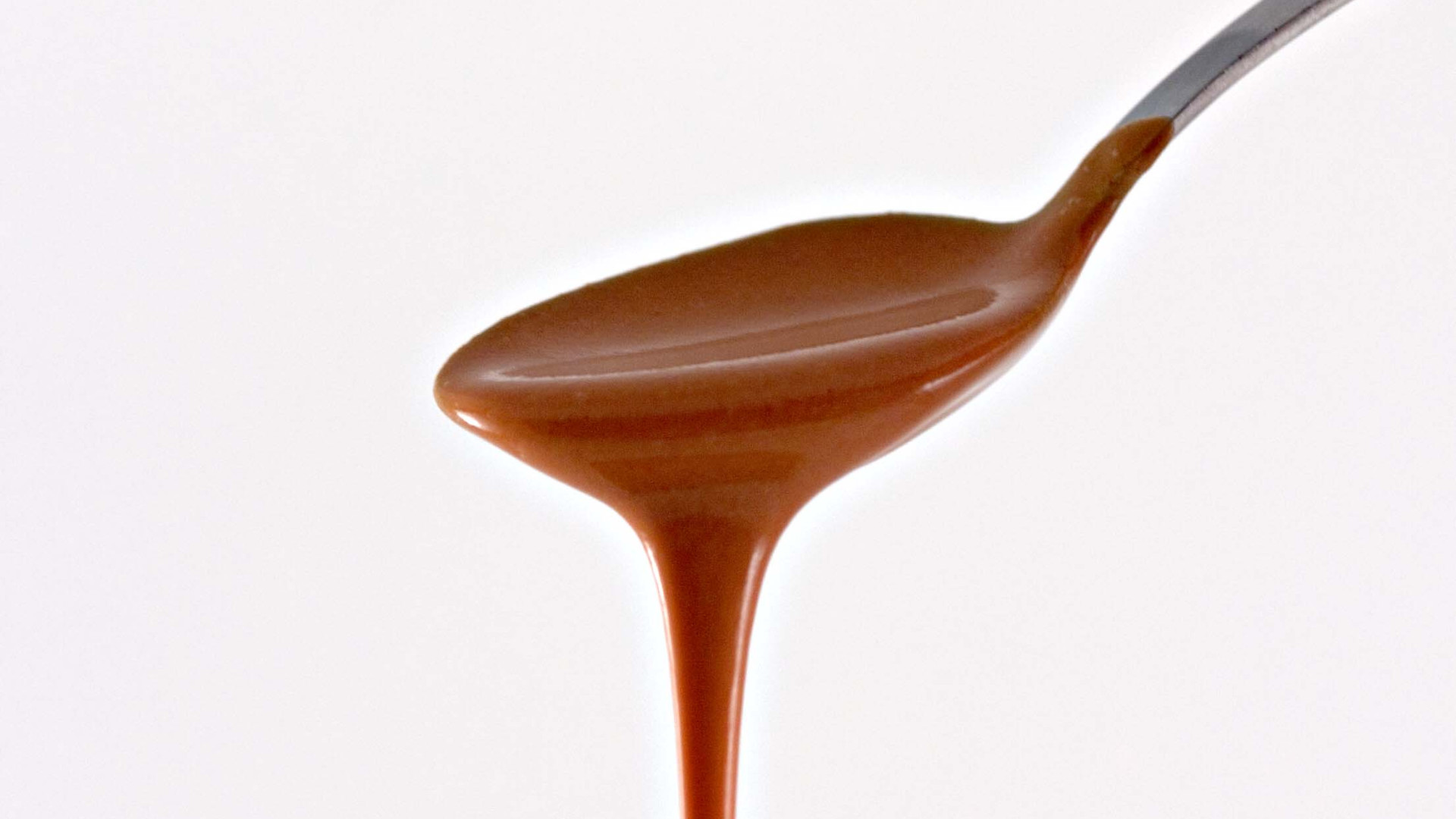 H. Alexander Talbot on Wikimedia
H. Alexander Talbot on Wikimedia
13. Pistou
Pistou is like the French version of pesto consisting of olive oil, parsley, and plenty of garlic, crushed together in a mortar and pestal. The sauce is perfect served on top of pasta, grilled chicken, or fish.
14. Rémoulade
Rémoulade is a mayonnaise-based sauce similar to tartare but with an extra kick of anchovy oil. It's most famously used as a dressing for the salad céleri rémoulade but has also been adopted into Louisiana Creole cuisine.
16. Madère
Madère sauce is a demi-glace with the addition of Madeira wine. It's typically served on chicken, red meat, roasts, and has even been appropriated by the British to serve alongside beef Wellington.
17. Poivrade
The main ingredients of this rich sauce are wine, vinegar, and a heaping scoop of black pepper with a base of demi-glace. It's commonly ladelled over steak or game meat.
18. Bordelaise
Surely, any sauce originating from France's Bordeaux region must contain a healthy dose of wine. This bordelaise sauce doesn't disappoint, its main ingredients being red wine, beef stock, shallots, and herbs. It's amazing served on top of steak.
19. Chasseur
Nicknamed "hunters' sauce" because it was used to make the meat of tough game birds more palatable, chasseur is a brown sauce made from mushrooms, shallots, white wine, and tomatoes. The most famous dish utilizing this sauce is coq au vin.
20. Espagnole
Another of the five French mother sauces, espagnole is made from a reduction of beef broth, butter, and flour with the optional addition of bacon, ham, tomatoes, red wine, garlic, onions, and celery. It's named after the French word for Spanish which may have something to do with the addition of tomatoes, a typically Spanish ingredient.
KEEP ON READING
